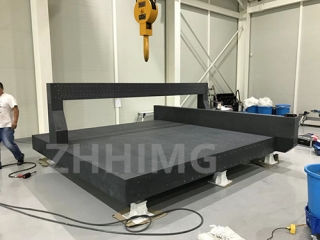Granite V-blocks are a popular choice in a variety of construction and design applications due to their unique aesthetic appeal and structural integrity. Understanding the design and usage techniques associated with these blocks is critical for architects, builders, and designers looking to incorporate them into their projects.
The design of granite V-blocks requires careful consideration of functionality and aesthetics. These blocks are often characterized by their angular shape and can be used for a variety of purposes including landscaping, retaining walls, and decorative features. When designing with granite V-shaped blocks, it is important to consider the overall layout and how the blocks interact with other materials and elements in the environment. The color and texture of granite can also significantly affect the visual appeal of a project, so it's important to choose the right type of granite that complements the surrounding architecture.
In terms of usage tips, correct installation techniques are critical to ensuring the longevity and stability of granite V-blocks. A solid foundation must be prepared as these blocks can be heavy and require a stable base to prevent shifting or sinking over time. Additionally, understanding a block's weight distribution and load-bearing capacity will help in designing a structure that is both safe and aesthetically pleasing.
Additionally, when using V-shaped granite blocks in landscaping or retaining walls, it is crucial to have a drainage solution. Proper drainage will prevent standing water, which can cause erosion and structural damage.
In summary, granite V-block design and application techniques are critical to creating a functional and aesthetically pleasing structure. By focusing on thoughtful design and proper installation techniques, professionals can enhance their projects with the beauty and durability of granite.
Post time: Dec-10-2024

